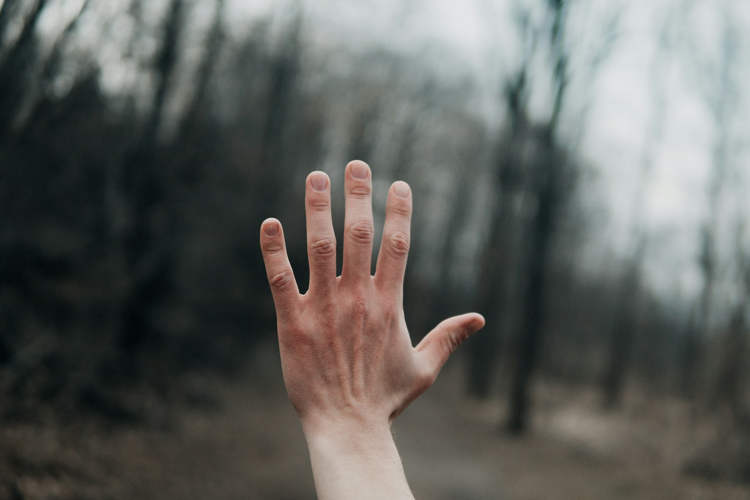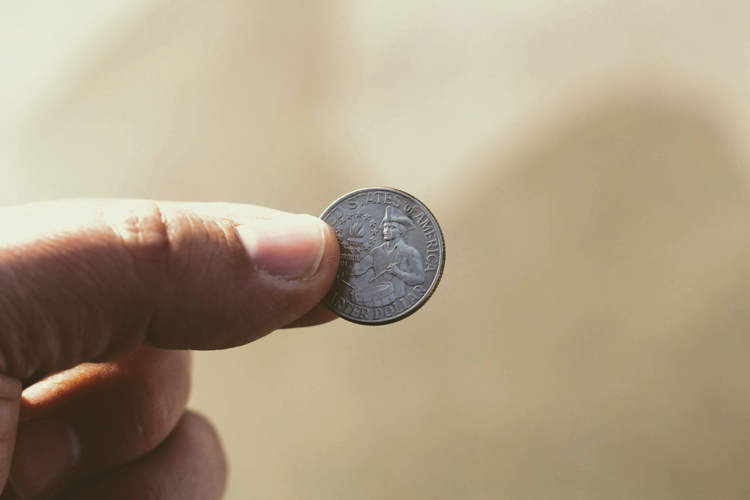After serving as one of the Netherlands most feared prisons for almost 150 years, Het Arresthuis, in Roermond, has been converted into a luxury hotel that no one wants to escape from anymore.
Het Arresthuis opened its doors in 1862, as a prison. Obviously, no one came here to stay by their own accord, during the 19th and 20th century, but things have changed a lot since then. The jail closed down for good in 2007, and now that the facility has been transformed into a luxurious hotel, guests actually pay big money to spend at least a night in one of the old holding cells. Although “cells” is not exactly the right word to describe the chic accommodations at Het Arresthuis. The 105 prisoner’s quarters have been converted into 40 spacious rooms, including 24 standard rooms, 12 deluxe rooms, and four suites, all of which feature modern furnishings and chic interior design. They are all equipped with air conditioning, a flat screen TV, free WiFi, and even a personal coffee and tea machine, and the hotel’s include a sauna, a fitness center, a central patio with olive trees, and an organic herb garden. If you’re wondering about bars, this place has both kinds – the ones you can’t get past and the ones where you can get your drink on.




















